NVIDIA's Mid Performer
NVIDIA GeForce RTX 3070
Pros
- Mature ray-tracing capabilities
- DLSS for compatible games
- Performance to handle 1440p and 4K
- Generally costs less than RX 6800
- Slightly lower power draw
Cons
- Less raw performance than the RX 6800
- 8GB of VRAM
NVIDIA's RTX 3070 is a behemoth GPU that rivals the last-gen RTX 2080 Ti for raw performance. It might not quite match what the RX 6800 can do, but it brings mature ray-tracing capabilities, DLSS for better performance in compatible games, and a price that is usually not as high as on the AMD side.
AMD's Mid-Range Monster
AMD Radeon RX 6800
Pros
- 16GB of VRAM for future days
- Rage Mode and SAM
- Better raw performance than RTX 3070
- Good for 1440p and 4K gaming
- Still relatively affordable
Cons
- Less-developed ray tracing
- No DLSS
- Slightly higher power draw than RTX 3070
AMD's Radeon RX 6800 is actually at the lower end of the three RDNA 2 GPUs released, but it's still a monster of 1440p and 4K gaming. It has 16GB of VRAM, better raw performance than the RTX 3070, and it comes at a relatively modest price despite costing more than NVIDIA's card.
The NVIDIA RTX 3070 and the AMD Radeon RX 6800 are both some of the best graphics card options out there aimed at the same audience: those who want high-end 1440p and 4K gaming without spending RTX 3080 or RX 6800 XT prices. Both are extremely hard to find right now, but you're no doubt still wondering which one you should grab if you happen to come across some stock. Let's break things down to see which is better suited for your needs.
NVIDIA RTX 3070 vs. AMD RX 6800 tech specs
| NVIDIA RTX 3070 | AMD RX 6800 | |
|---|---|---|
| Shader/Stream | 5888 | 3840 |
| Tensor/Texture | 184 | 240 |
| ROPs | 96 | 96 |
| Clock | 1,500MHz | 1,815MHz |
| Boost clock | 1,725MHz | 2,105MHz |
| Memory | 8GB GDDR6 | 16GB GDDR6 |
| Bus width | 256-bit | 256-bit |
| Transistors | 17.4B | 26.8B |
| Node | Samsung 8nm | TSMC 7nm |
| TDP | 220W | 250W |
| Recommended PSU | 650W | 650W |
| Slot size | Two | Two |
NVIDIA RTX 3070 vs. AMD RX 6800 QHD and UHD performance
The RTX 3070 and the RX 6800 sit close together in terms of 1440p (QHD) and 4K (UHD) gaming performance. While each card has its share of additional features that look great on paper (which we'll get to in the next section), measuring baseline performance without Smart Access Memory (SAM), Deep-Learning Super Sampling (DLSS), or any ray tracing is key.
Our NVIDIA GeForce RTX 3070 review has some interesting numbers that show it can bring an awesome gaming experience at 1440p and 4K. However, in most cases, you should expect about 10% to 15% better performance at QHD with the RX 6800. There are certainly some outliers, and you might find one game nets you 30 frames-per-seconds (FPS) more with the RX 6800 while another has the RTX 3070 on par.
At 4K resolution, the numbers realistically drop on both sides, but the RX 6800 should average out to between 5% and 10% better FPS in most games. Again, there will be outliers depending on the game you're playing. Considering there's a baseline $80 cost difference that weighs in favor of the RTX 3070 — before getting into any of the volatile pricing that has resulted due to stock shortages — you may or may not find that increase in performance is really worth it. And this is before factoring in extra features like ray tracing, DLSS, and SAM.
One thing to note is that the RX 6800 has a massive 16GB of GDDR6 VRAM, while the RTX 3070 is still using half that at 8GB. If you upgrade your GPU every year or two, it's not a big deal. But if you plan to upgrade and keep the same hardware for, say, five years, that 16GB will certainly prove itself. Some games already push 8GB, and that's not expected to shrink in the future.
NVIDIA RTX 3070 vs. AMD RX 6800 Features
The RX 6800 should, in most cases, bring between a 5% and 15% performance increase when dealing with 1440p and 4K. As an aside, if you're buying a GPU for 1080p you might want to consider something like NVIDIA's RTX 3060 Ti and its RTX 2080 Super performance at about $400.
However, AMD and NVIDIA roll in some interesting features that might tempt you to their camp. AMD announced its RX 6000 GPUs with Rage Mode and SAM, two features that boost gaming performance without much effort on the gamer's part. Rage Mode makes it easy to overclock with just a couple clicks of the mouse, while SAM opens up GPU VRAM for the CPU.
I recently performed several benchmarks to test out how much of a difference Smart Access Memory really makes. While there are certainly some gains, this likely isn't a feature that's going to draw you away if you have your heart set on NVIDIA.
AMD also picked up ray tracing support for certain games, but NVIDIA's own implementation is far more mature and performs far better in most games with support. Then there's NVIDIA DLSS, perhaps the most attractive feature for potential buyers. In compatible games, DLSS can significantly boost performance with the toggle of a switch. Combined with ray tracing, you can have your games look incredible without taking much of a performance hit.
Ultimately, AMD is catching up in terms of extra features, but NVIDIA's head start is still evident. A lot of these technologies are moving back and forth between the GPU giants, and it's expected that most will be available in the future on both sides. For now, though, NVIDIA still wins out in this regard.
NVIDIA's RTX 3070 is a great pick for most people
The combination of lower starting price (at least when availability hasn't driven prices way up), extra features like mature ray tracing and DLSS, and performance that's not far behind the RX 6800 should mean that more people opt for the NVIDIA GPU. However, if you want the doubled 16GB of VRAM and that little bit of extra performance, the RX 6800 is going to be quite attractive.
For some extra buying help, be sure to look at our guide on where to buy NVIDIA RTX 30-series graphics cards.
NVIDIA's Mid Performer
NVIDIA GeForce RTX 3070
With a strong performance at QHD and UHD, mature ray tracing and DLSS, and a lower starting price, NVIDIA's RTX 3070 might just lure you away from AMD's more powerful RX 6800.
Go with the RX 6800 for better raw performance
The extra $80 baseline price jump will hurt the wallet, but the RX 6800 is a better GPU in terms of raw performance. Its 16GB of VRAM ensures it will remain relevant long into the future, and you can even bump up the numbers a bit if you're using a Ryzen 5000 GPU and 500-series motherboard. Ray tracing might not be as mature, and DLSS is unavailable, but the RX 6800 will still deliver high-end QHD and UHD gaming.
Wondering exactly where to buy this GPU? It's not easy out there. Check out our guide on where to buy AMD Radeon RX 6000 graphics cards.
AMD's Mid-Range Monster
AMD Radeon RX 6800
Its additional features may not be as fleshed out as you'll get in the RTX 3070, but it brings better raw performance, more VRAM, and a price that starts just $80 above NVIDIA's card.
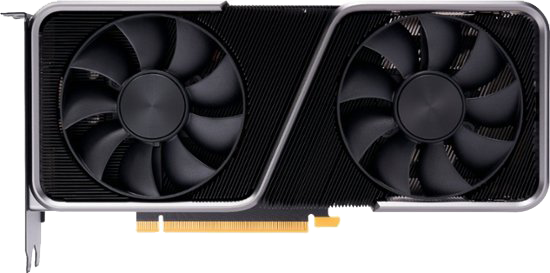
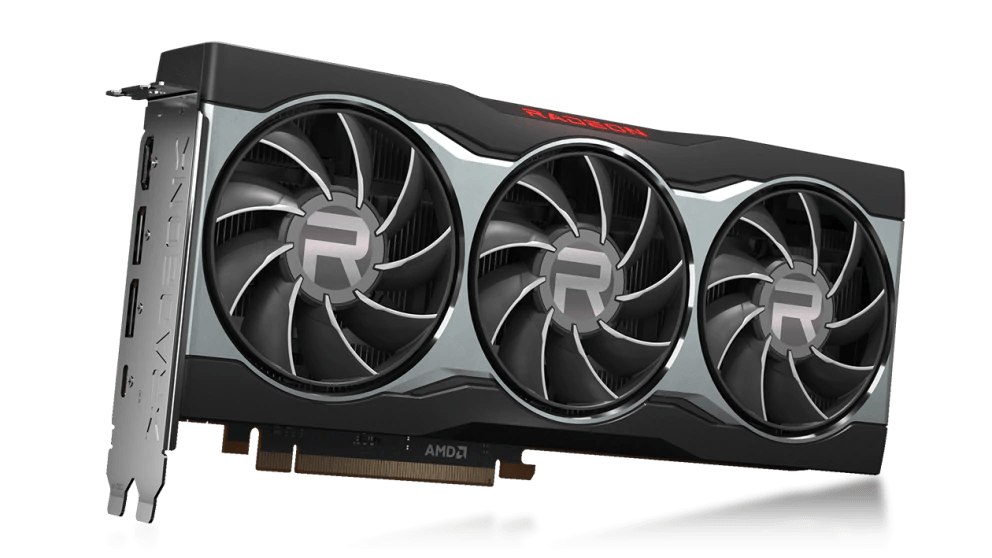
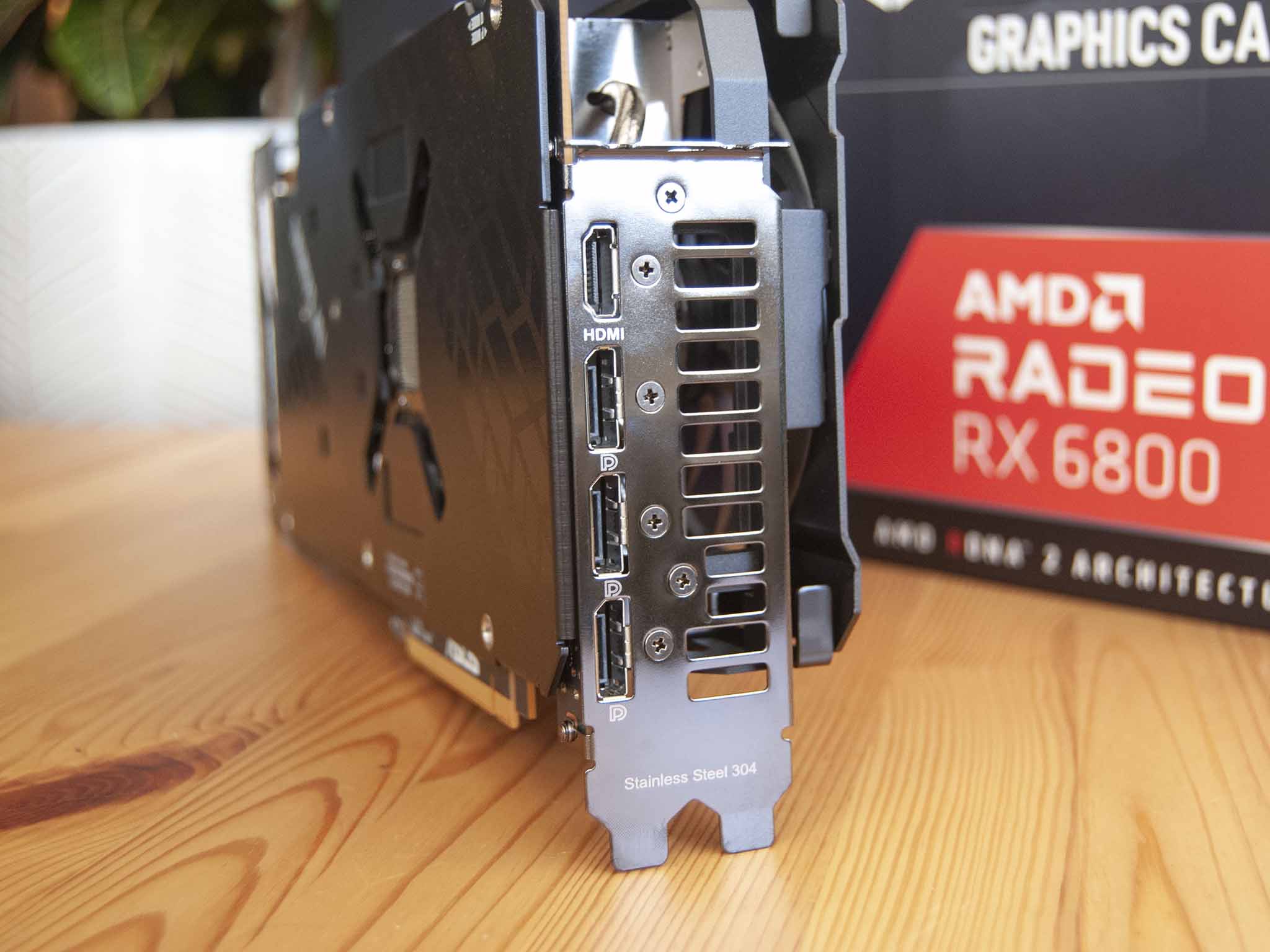
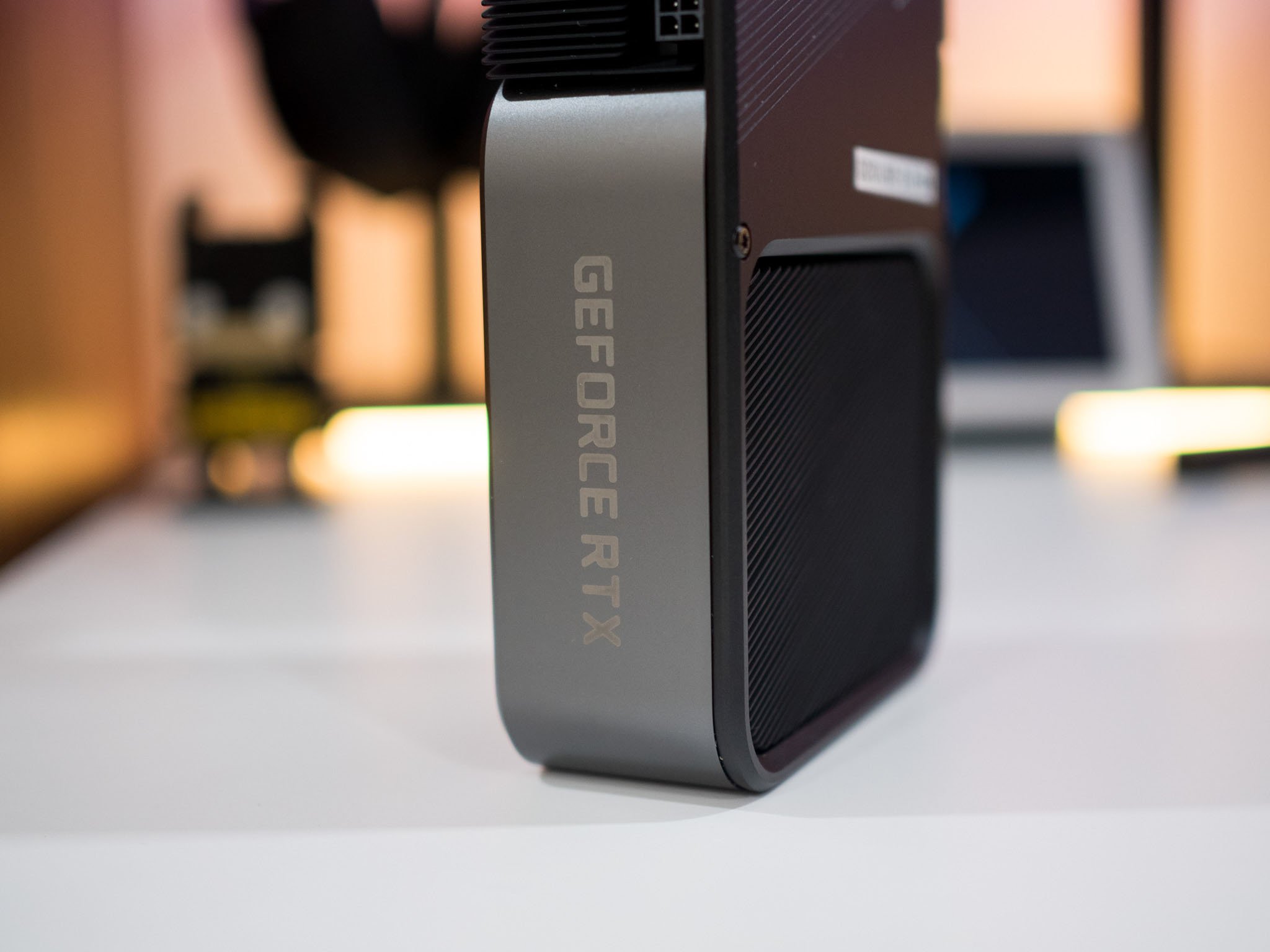

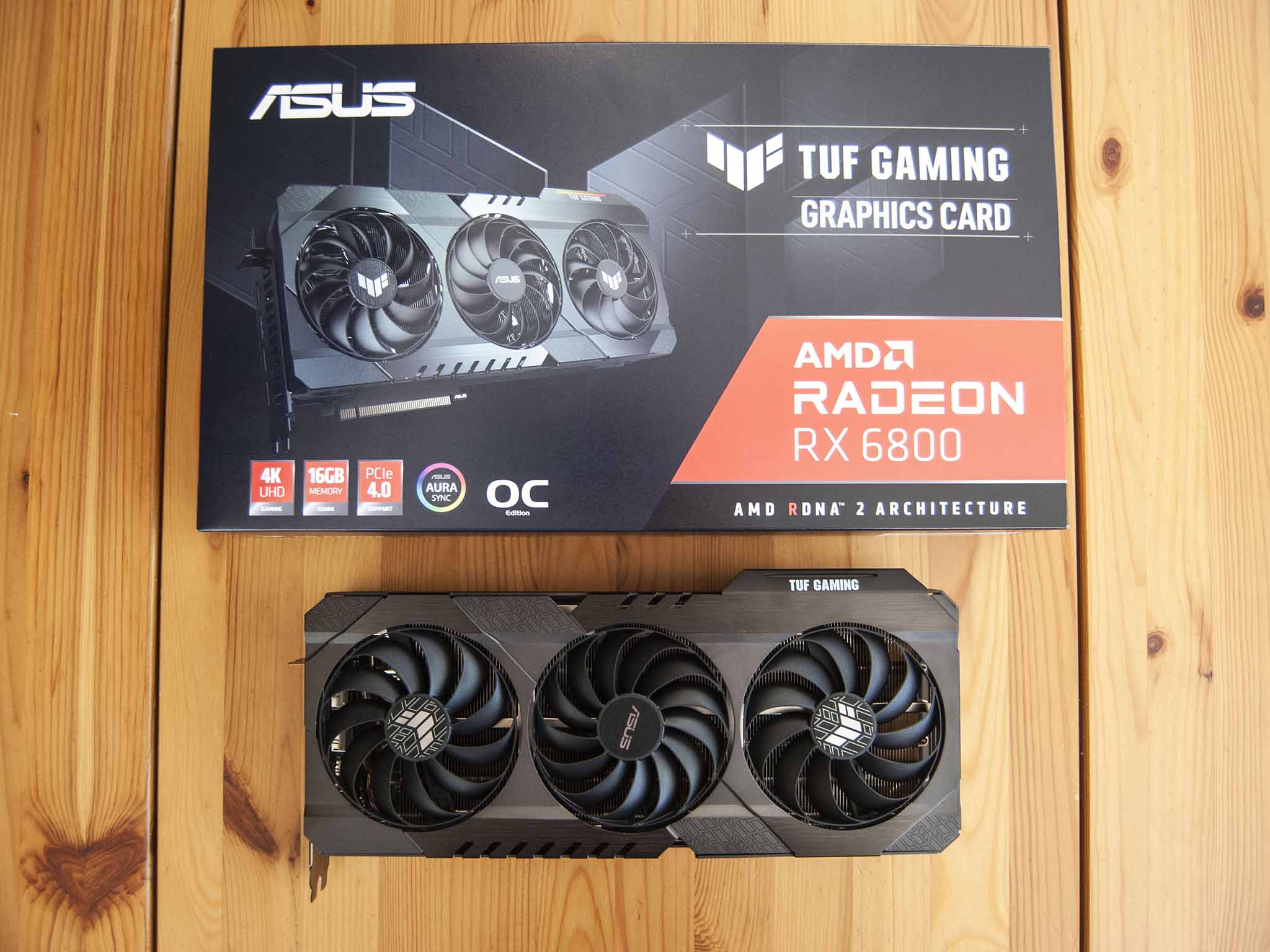
No comments: